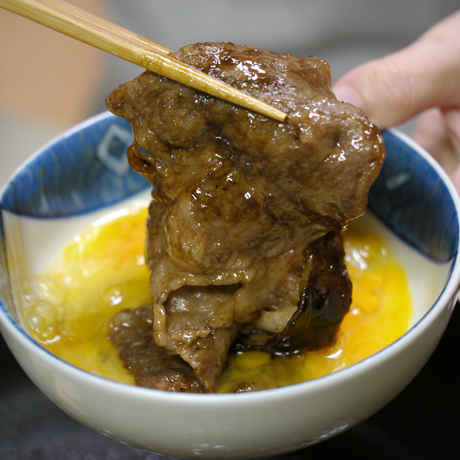After the 12th century, when warriors began holding real power in politics, sumo acquired a characteristic of a practical martial arty to be used in the battlefield.
In the Edo period (1600-1868), sumo bouts began to be performed as part of a show in festivals at shrines.
The winner of sumo is decided when the opponent is forced out of the ring (dohyo) or when any part of his body touches the ground.
In order to become a sumo wrestler, one has to belong to one of the sumo stables. The stables take care of every aspect of the newcomers' lives including food, clothing, and housing, while training them to be a strong wrestlers. It is a man's world except for the family of the stable master.
Wrestlers are ranked according to their ability. The lowest rank is called "jonokuchi" which is the starting point. There are 9 other ranks such as jonidan, sandanme, makushita, juryo, maegashira, komusubi, sekiwake and ozeki. At the top of the ranks are the yokozuna, or grand champions.
Wrestlers above the rank of juryo are called "sekitori" and receive monthly salaries. What the other wrestlers get is just a small amount of incentive depending on their record in tournaments.






